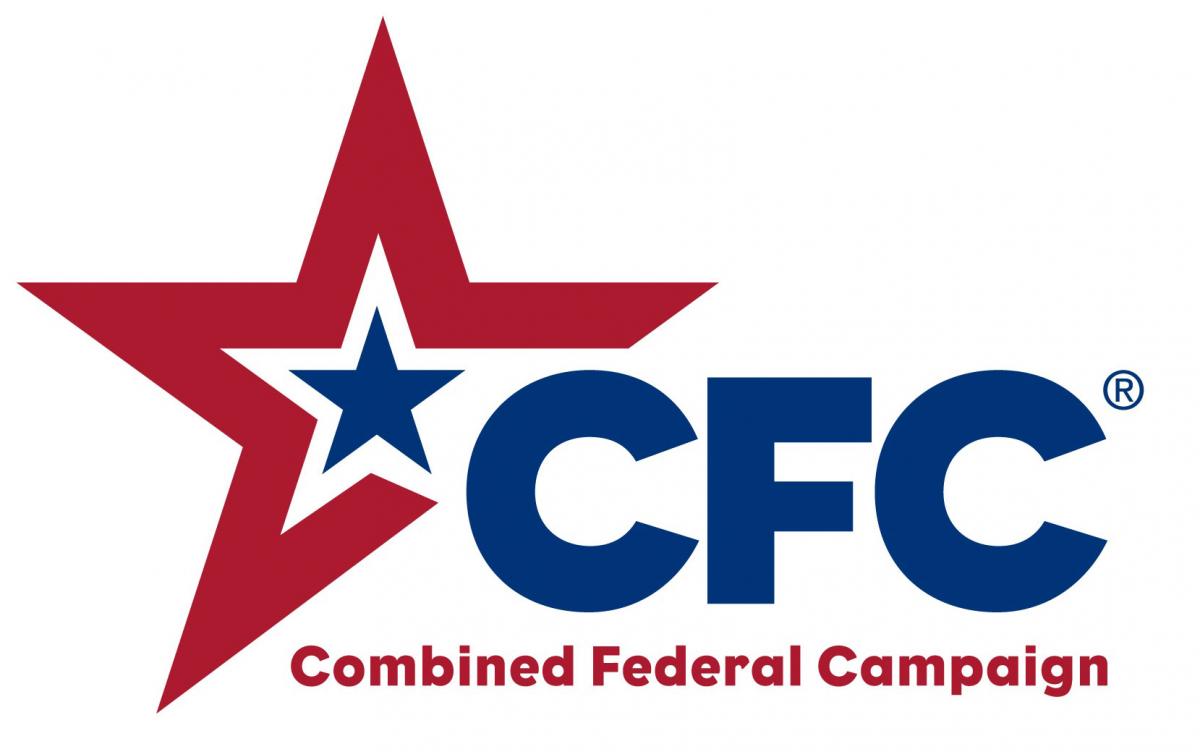Compassion Beyond the Borderlands: A CLINIC Attorney’s Immersion Experience
Imagine leaving your home and most of your belongings behind to begin trekking to a destination in the sweltering sun, through dry, desert lands, and other treacherous territory. Imagine having to make this journey not by choice, but out of desperation — in order to save your own life and the life of your family. The final destination is clear, but the journey is unfamiliar.
In early May 2022, I tried to step into the shoes of migrants undertaking that arduous journey to the U.S. by traveling to the borderlands for an immersion experience. My experience, of course, was nowhere near what migrants face when encountering our immigration system, but I certainly embraced the unfamiliar.
Beginning the Journey
In the early morning hours, on the first day of the trip, I arose from my cozy bed hours before sunrise to catch an early flight to El Paso. I was invited to participate in this experience where I knew the focus would be on U.S. asylum seekers and our immigration system, but I did not have a clear-cut idea of what to expect. This was unnerving to say the least.
Thoughts floated around in my mind. Would I like the experience? What would the other guests be like? In hearing the stories of migrants, would I be an emotional wreck? I would later find out the answer to that last question would be yes, absolutely.
The immersion program was led by a delegation of trailblazing Catholic women, known as the Sisters of Mercy of the Americas, and hosted by the Columban Mission Center. It consisted of a week of events in which we immersed ourselves in the border experience and learned about the immigration issues that migrants are facing during and after their journey. Little did I know, the Sunday before I left would be the last day before my life was changed by this powerful experience.
Embracing Immersion
Every day of the week was packed with events. From visiting several locations throughout El Paso and Juarez, to sitting in on webinars to learn about our U.S. immigration laws, we stayed busy.
For me, each day was an emotional rollercoaster. Our mornings started early, before sunrise, and ended in the late evenings. On Monday, we visited four different locations, two of which were shelters where volunteers helped migrants who recently entered the U.S. in hopes of seeking asylum.
We learned just how invested the community of El Paso is in helping these migrants, as navigating the U.S. immigration system can be quite daunting. We met single adults and entire families, many with young children, who were either arriving at the shelters or getting ready to leave to head to their U.S.-based sponsors. The intense personal stories from these individuals would later play over again and again in my mind during my return flight home.
One vivid memory I have from our first day is a visit we made to an organization called the Border Network for Human Rights . The Border Network was established to help people in the community build consciousness of their constitutional rights when interacting with government agencies. When our group arrived, we were met by a host of women who help run the organization. That day the young women talked to us about the work they do to help the people of El Paso.
The Border Network works on a variety of campaigns, but one campaign they shared moved our entire group. In 2016, the Border Network started a campaign called Hugs Not Walls, which is an annual event that permits families on opposite sides of the border that have not been able to visit each other in months or years due to restrictive U.S. immigration laws to come together near the Rio Grande Valley River to see one another. Each family member was given three minutes to see their loved ones.
Netflix made a documentary of the campaign, called A 3 Minute Hug. The documentary is a 28-minute film that encapsulates a heartbreaking depiction of what family separation does to individuals. It is a protest against racism, xenophobia and discrimination towards migrants seeking refuge. As participants, we watched the film, and before the film ended, there was not a dry eye in the room.
Experiencing the Border Wall
Mid-week we visited the border wall, a large portion of which was planned and implemented under the Trump administration. En route to the wall, there are fences that you can see all around from a distance, separating El Paso and the colorful and vibrant city of Ciudad Juárez, Mexico. We drove to Sunland Park, New Mexico, a short ride from El Paso, which was the site of our border wall visit. Ironically, off in the far distance from where we stood was a view of Mount Cristo Rey, where a 29-foot-tall limestone statue of Christ stands upon a mountaintop and serves as a sanctuary to thousands of people in El Paso and the New Mexico area.
Stepping out into the blazing sun, we approached the wall — a massive steel structure in size and length.
On the other side we could see the town of Anapra, a colonia in the city of Ciudad Juárez. While there, we saw some young children on the Mexico side who greeted us with smiles, but it felt bizarre to me to have to engage with the children through this massive structure.
The wall sends a very clear and strong message that they are to keep out and that they are not welcome to set foot on U.S. soil. In that moment in time, I, as a Black woman, knew what it felt like to feel privilege in the United States.
Visiting Ciudad Juárez
During a trip to Juárez, we visited the Iglesia de Corpus Christi, run by Fr. Bill Morton, a priest of the Missionary Society of St. Columban. There, we met two incredible volunteer women, Yvonne and Cristina. These women shared with us their personal experiences of what it was like to help Haitian migrants who, like many other migrants, are being forced to remain in Mexico while waiting to seek asylum in the U.S, due to the Migrant Protection Protocols (MPP) policy implemented during the Trump administration. There has been an influx of Haitian migrants entering Mexico seeking refuge after fleeing not just Haiti, but other parts of Latin America as well.
One of the young women, whom we’ll call Yvonne, is a migrant from El Salvador. Yvonne made the selfless decision to give up the opportunity to seek asylum in the U.S. so that she could help the Haitian migrants arriving in Mexico. Many of the Haitian migrants, if not most, face acts of racism toward them and are mistreated due to the color of their skin — even though they are lawfully required to remain in Mexico while they await a court appearance in the U.S. Yvonne, who was fleeing violence herself, felt called to serve her Haitian brothers and sisters, a selfless act of compassion that left me in tears.
A Myriad of Emotions
Throughout the remainder of the week, we continued to visit other locations and sat in on webinars that touched upon issues centered around Title 42, Migrant Protection Protocols (MPP), forced migration, the U.S. immigration process and so much more.
As you can imagine, each day left us feeling a myriad of emotions. So, naturally, we ended each day with a time of reflection on the day’s activities and all it had to offer. We discussed how what the media often portrays about immigrants conflicts with the stories we heard on the ground. Migrants are fleeing their homes because they fear for their lives and those of their children. In addition, many children make the journey alone, leaving family behind — all as a desperate attempt to find a safe place to call home.
Our U.S. asylum system is flawed and needs urgent restoration. Migrants have a legal right to apply for asylum at the U.S. ports of entry without fear of being turned away, but when the Biden administration continues to enforce Trump-era policies rooted in xenophobia and racism, it sends a message that the stranger is not welcome.
A humane and just asylum system must be restored in the United States, or innocent people — men, women and children — will continue to lose their lives.
Going Forward: From Immersion to Advocacy
The focus of this experience was not just to go from place to place and observe; we were also there in service — to contribute our knowledge, skills, and time, and then to go back home and see how we can share what we learned and engage in advocacy.
As an advocacy attorney with CLINIC who works to protect immigrant and humanitarian rights, this experience has changed me. The sign-on letters and all the advocacy work that we do to urge the Biden administration to change its current policies has so much more meaning after this borderland experience. I heard firsthand what these migrants are facing on their journey to seek asylum in the U.S.
Now that I am home and continuing the work to help our immigrant brothers and sisters, I carry this experience, and all the people I met with me. People like Yvonne and Cristina, and others unnamed, remain on my mind and in my heart, propelling me in the work that I do.





